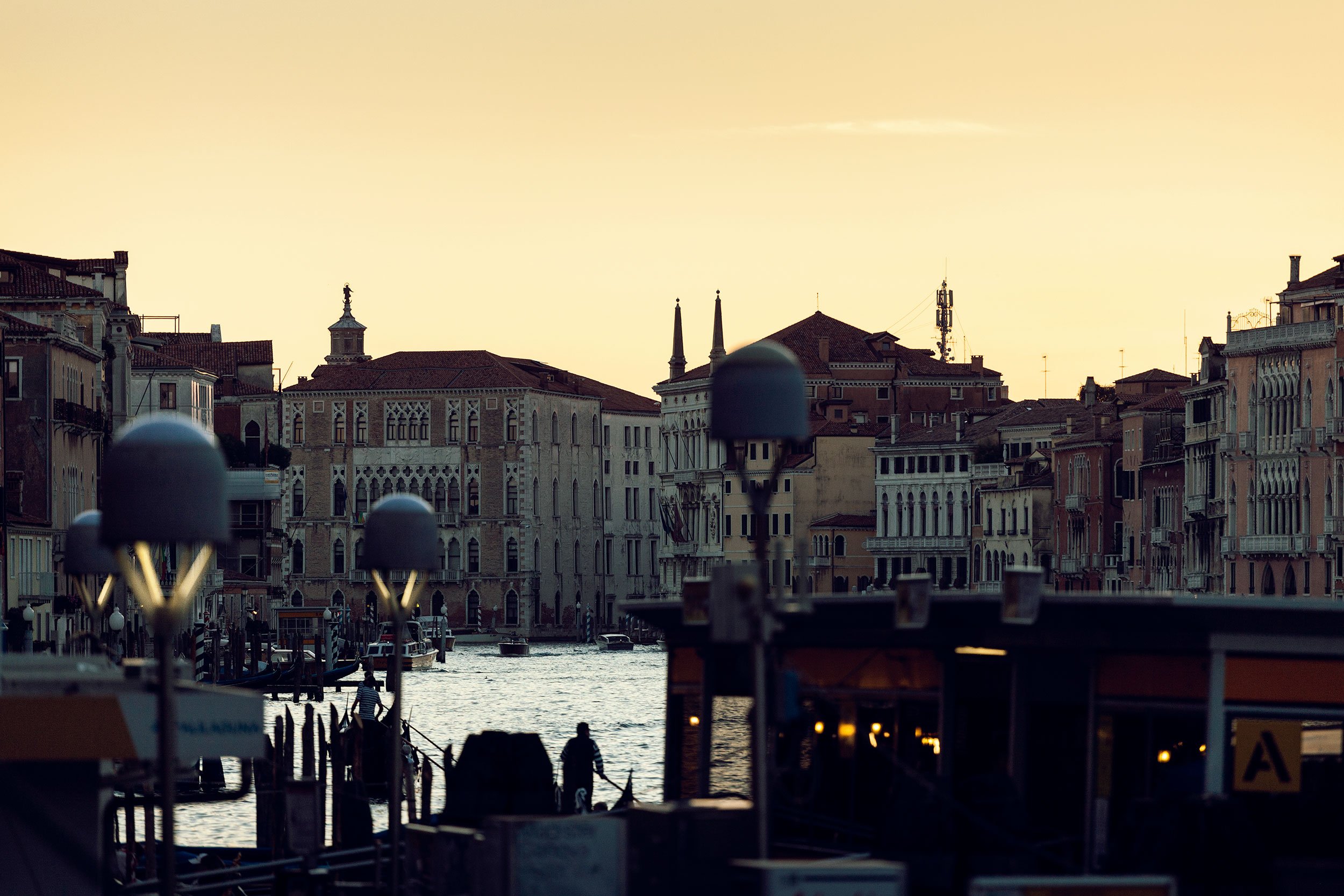Street Photography vs Travel Photography: How They Are Similar and What Makes Them Different
Munich, Germany
The world of photography has many different genres; sometimes, those genres have aesthetics that blend into others. Street and travel photography are two genres that share a lot but also have aspects that make them differ, and we will look at the similarities and differences between street and travel photography and how they relate to each other.
Before we begin, let's look at both street photography and travel photography as defined by Wikipedia:
Street Photography
Also sometimes called candid photography, street photography is photography conducted for art or enquiry that features unmediated chance encounters and random incidents within public places. Although there is a difference between street and candid photography, it is usually subtle, with most street photography being candid in nature and some candid photography being classifiable as street photography. Street photography does not necessitate the presence of a street or even the urban environment. Though people usually feature directly, street photography might be absent of people and can be of an object or environment where the image projects a decidedly human character in facsimile or aesthetic.
Travel Photography
Travel photography is a genre of photography that may involve the documentation of an area's landscape, people, cultures, customs, and history. The Photographic Society of America defines a travel photo as an image that expresses the feeling of a time and place, portrays a land, its people, or a culture in its natural state, and has no geographical limitations.
Travel photography as a genre is one of the most open in terms of the subjects it covers. Many travel photographers specialize in a particular aspect of photography, such as travel portraits, landscape or documentary photography, as well as shooting all aspects of travel...this genre of photography entails shooting a wide variety of subjects under varied available conditions, e.g. low light photography indoors, available ambient light photography for exteriors of buildings and monuments, shooting on the streets where sometimes conditions may be hostile, capturing moments which rarely recur, capturing the magic of light while shooting landscapes, etc.
Venice, Italy
Similarities and Differences
Street photography has aspects that overlap with travel photography but focus distinctly on spontaneity. Street photography captures moments that are unplanned and immediate. The photographer observes life in a city, capturing the city's people, emotions, and ambiance. Like travel photography, street photography can also contain major landmarks and identifiable areas, but the focus is more on how people interact, live, and react within those surroundings. Although people are usually the main focal point of street photography, the absence of people is not uncommon.
Travel photography captures the defining characteristics of a place to create interest and intrigue and allow people to visualize their experience as if they had been there. Travel photography is a genre of photography that captures the beauty of the world around us and invites us into it. It can document travels, capture special moments, or show the world's beauty. It is a great way to share our world perspective with others.
Conclusion
Street and travel photography are two genres that require different approaches, although they share specific characteristics. Street photography is about capturing spontaneous moments and documenting everyday life, while travel photography is about planned composition and a place's essence.

